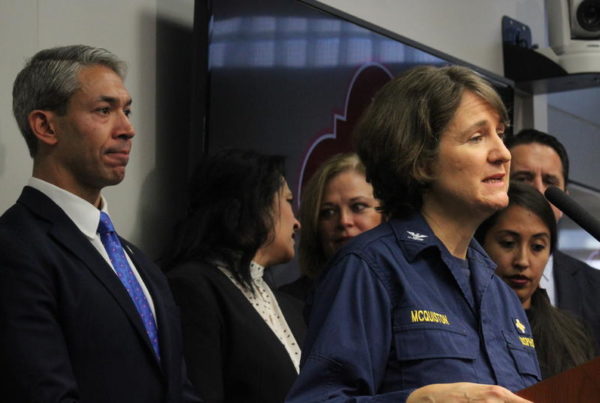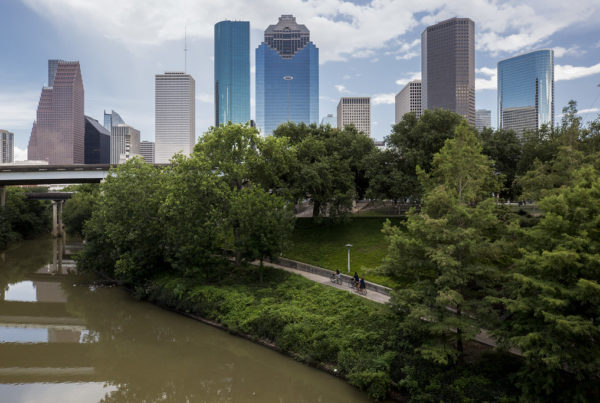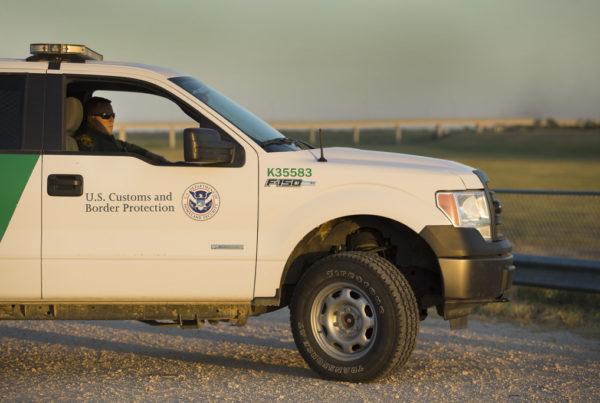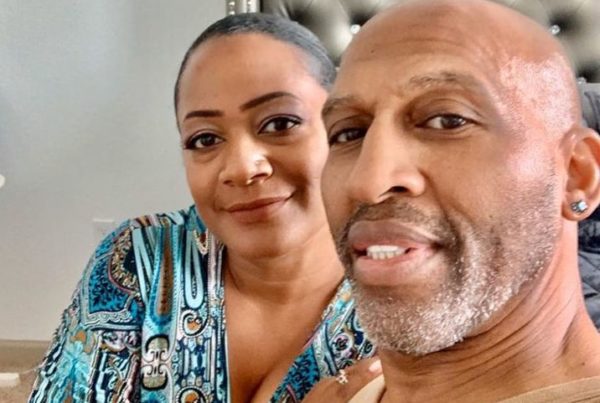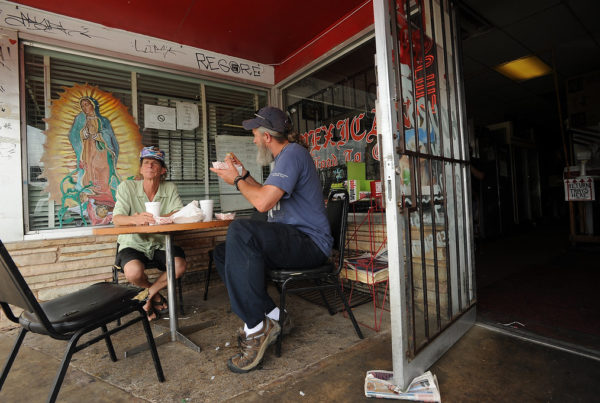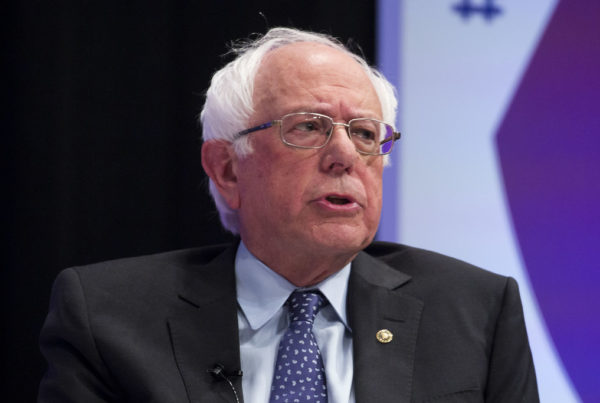Texas’ Big Bend region is beloved because of its wildness. There are places between Interstate 10 and the southern U.S. border that still feel untouched. But that could be changing.
As technology improves, areas that were previously closed to oil and gas exploration could become open, and that could include the Big Bend.
Billy Tarrant is the associate director of stewardship services at the Borderlands Research Institute at Sul Ross State University in Alpine, Texas. The institute is hosting a series of talks on what the area’s future might look like as an oil extraction zone. He says energy development hasn’t yet become significant in the area around Marfa, Alpine or Marathon. But what could come is an increase in fossil fuel extraction, plus wind and solar farms. And he says even facilities that capture clean sources of energy have an effect on the landscape.
“All forms of energy, while they are absolutely necessary, do come at some price,” Tarrant says. “That’s why this effort was born, which we’ve titled, ‘Respect Big Bend.’ It’s for the purpose of trying to figure out a balance between good, responsible energy development, and holding onto the things that we cherish about that wild country – the last frontier, if you will; Far West Texas.”
Tarrant says the Bureau of Economic Geology, which partners with the Borderlands Research Institute, has made projections about possible energy development near Big Bend. It doesn’t anticipate large amounts of oil and gas development in the region, but wind and solar projects are expected.
“[There are] a lot of resources for wind and solar, there’s just not a lot of transmission at this point,” Tarrant says.
Some energy producers considering development near Big Bend have engaged with the community, Tarrant says.
“Industry has said they want to be at the table and hear what the concerns are,” he says. “Most of your better producers, the ones that are more responsible, have some type of stakeholder engagement within their company. They’ve said to us, It’s easier to go ahead and understand what the wants and needs of the community are ahead of time. … Nobody really wants a fight.”
Written by Shelly Brisbin.




